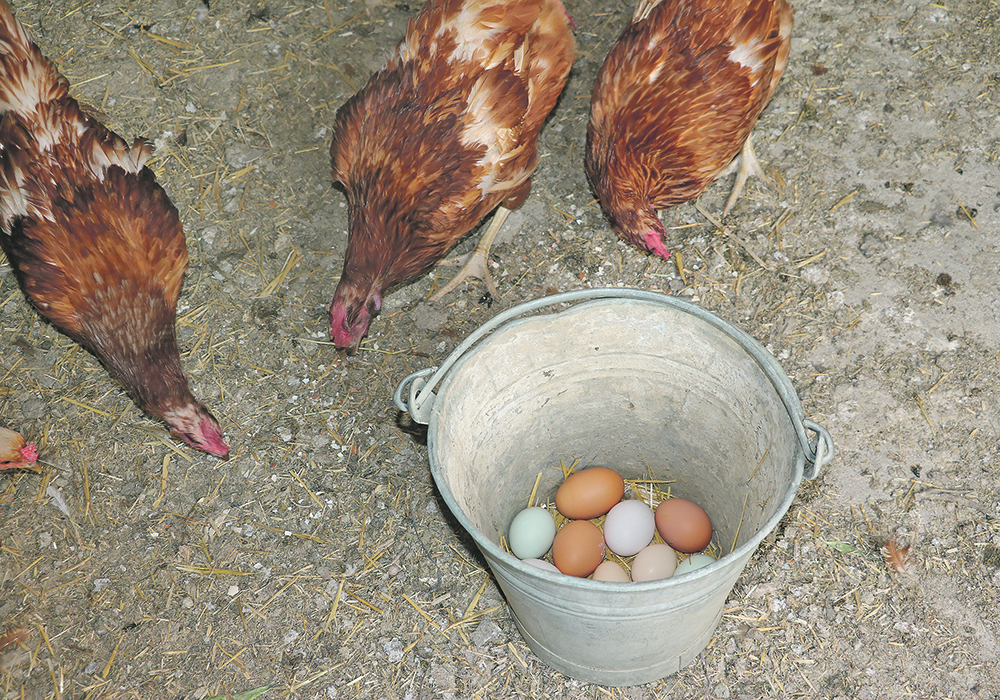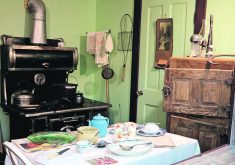On prairie farms in the 1920s, crop failures, poor crop prices and farm debt payments resulted in little cash income.
To become more self-sufficient, farmers were encouraged to broaden their farm production from one or two grain crops by adding livestock, pigs, chickens and a cow or two. The planting of shelterbelts, fruit bushes, orchards and large gardens were recommended to add fresh produce to the family diet and to preserve for winter meals.
A Sept. 11, 1924, column by Caroline M. Moen in the “Mainly for Women” section of The Western Producer referred to “the main work of looking after the garden and such is done when other work is not so pressing, and of course much of it is looked after by the wife and children. Therefore, the cost is insignificant as compared with the returns.”
The undervalued labour of the women and children on prairie farms in reality fed and sustained farm families through hard times and good. The selling of fresh eggs, cream and butchered poultry also provided necessary cash income. Without the labours and efforts of the farm women, many farms would not have survived.
With the success of the grain marketing pools, co-operative marketing pools for these other farm products were soon organized, giving all an equal price for equal grades of produce.
From the farmer co-operative marketing organizations, women’s subcommittees were created. For the Women’s Section of the Grain Growers Association (WSGGA), this committee was called the Home Economics Department. In the Nov. 6, 1924, issue of The Western Producer, Ida McNeal, president of the WSGGA, explained why they created this department.
“The greatest economy in the home, and therefore the most important, is to save the mother in every conceivable way,” and “that in order to establish a home economically, permanency is necessary.”
In 1923, a questionnaire was sent to farm homes to find out what percentage of farm homes possessed labour-saving devices. It was learned that many farm women were still without simple conveniences and that they often depended on their husbands for help, which during the busy seasons was not available.
Most reported that a washing machine or “power washer” was the greatest labour saver, but unfortunately many farm women still did not have one.
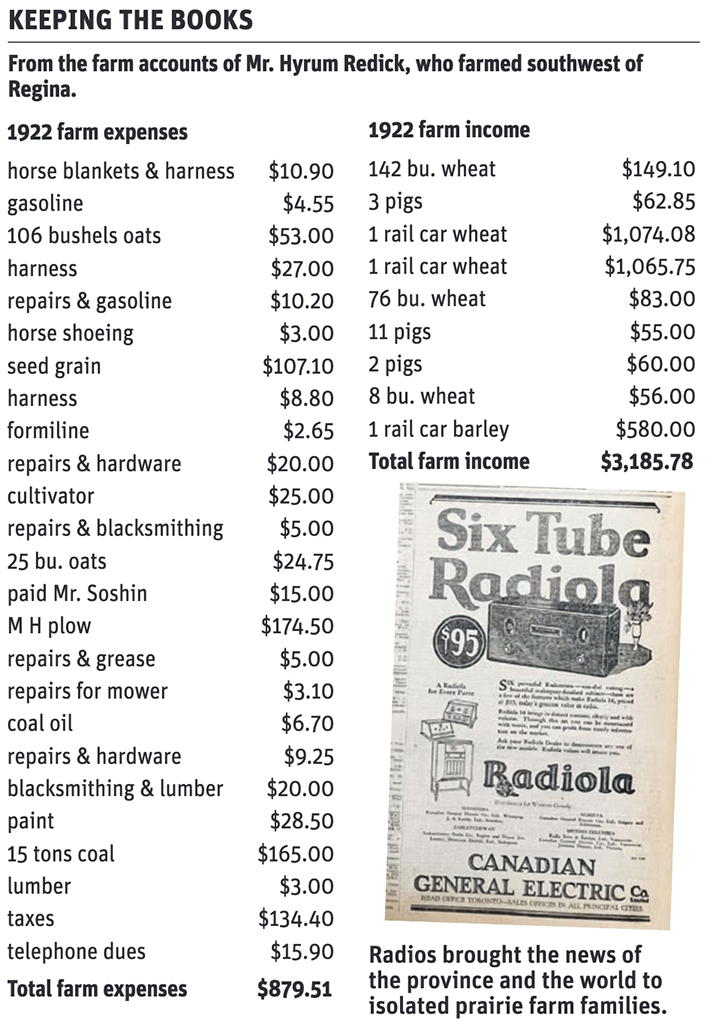
McNeal also pointed out that now that women had the right to vote, it was important that they take time to read and study the news. She suggested that to find the time to do this, the farm wife should “systemize her work”.
Manitoba, Saskatchewan and Alberta were the first provinces to grant women the vote in 1916. In 1918, the right to vote in federal elections was extended to all women.
Another area of focus for the home economics department was that “to establish a home, economical permanency is necessary”. Through the planting and tending of trees, fruit trees and gardens the “barren prairie was transformed into a beautiful landscape” and fruits that were costly to buy were now grown on the farm. The pride of creating a beautiful productive farmstead made it difficult to leave.
“Hence comes the establishment of permanency through the solving of economic problems.”
The lack of health care in rural communities was a concern for local Women’s Grain Growers Associations (WGGA). In the Sept, 4, 1924, report from the Dilke, Sask., District WGGA, it was noted that the school nurse had visited the schools and many children required medical treatment such as tonsils and adenoids removed.
A follow-up report on Nov. 13 indicated that the WGGA held a clinic day for children at the Grain Growers’ Hall, where Dr. Schmidt and nurse Simpson examined 39 children. The Homemakers had offered the use of the Maternity Home for the operations and for the children who needed to be kept overnight. The operations were performed at no cost to the parents.
Also related to health was the issue of birth control, which was highlighted in a letter to the editor in the Sept. 29, 1927, issue. A 31-year-old farm wife wrote requesting information about a magazine entitled “Birth Control” and how she could get a copy. Her circumstances were that she was the mother of seven children the oldest being 11 years and the youngest eight months. She was not at all strong and owing to farm conditions, heavily in debt. The magazine was available from the American Birth Control League in New York City.
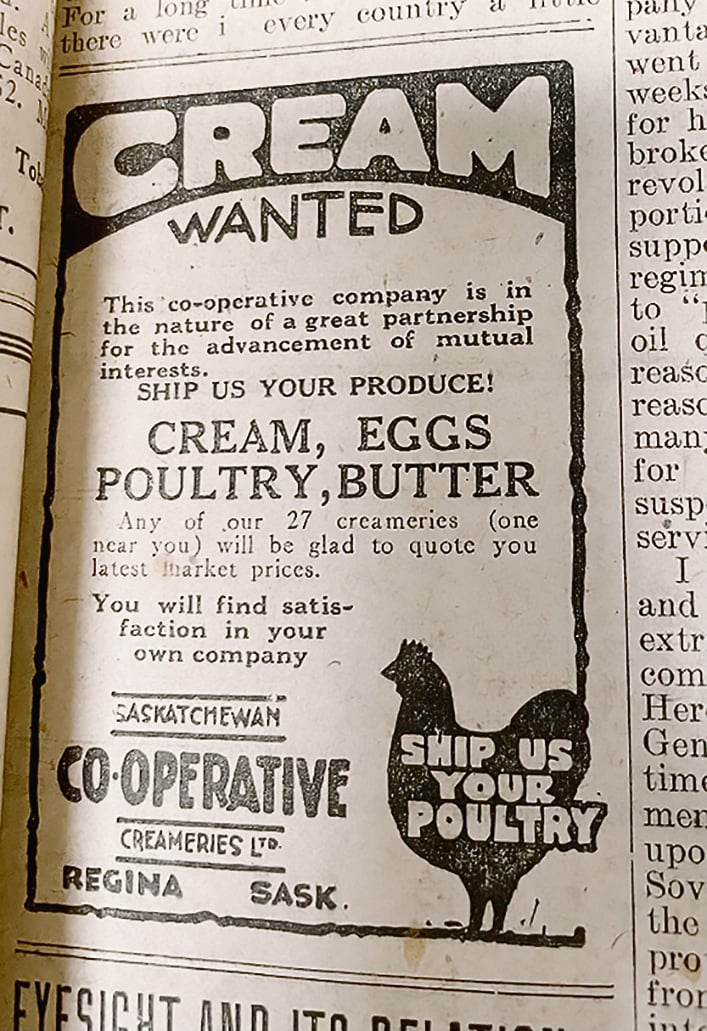
This young mother had valid concerns as statistics released through a report from the Regina Council of Women Health Committee stated that in 1926 in Canada 1,532 mothers died in childbirth. Of these, 1,302 had had no pre-natal care. This death rate was about double that of Great Britain.
Of all provinces, Saskatchewan had the highest maternal death rate. These startling statistics would have the greatest effect on rural Saskatchewan women, as health and pre-natal care were limited in most rural communities.
Another health concern that caused much debate were the pros and cons concerning smallpox vaccinations.
In November 1927, women representing the United Farmers of Canada, Saskatchewan section, the Provincial Council of Women, educational associations, Teacher’s Alliance, and representatives from the Department of Education met with the ministers of education, agriculture and public health, the director of extension, the dean of the College of Agriculture and the president of the University of Saskatchewan at the legislative buildings in Regina to discuss home economics work in the province.
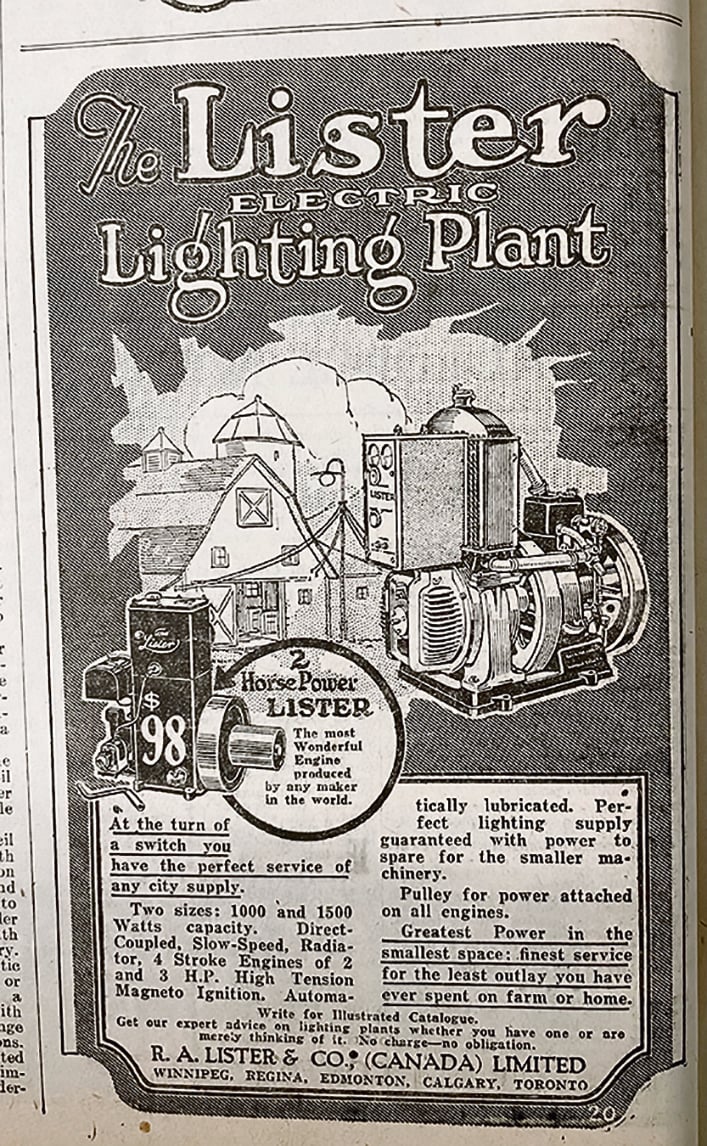
The concerns voiced by the women’s organizations were that “the domestic side of agriculture had not received due attention and that the science of home-making should be recognized as a subject of vital importance to the province as a whole.”
Their main recommendation was that “a home economics extension department be developed to do research on water supply, home engineering, household equipment and child care,” and that there be educational programs available across the province.
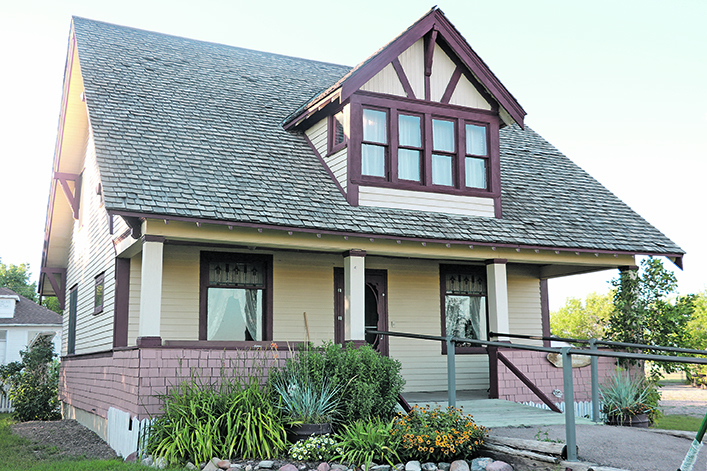
By the later 1920s, farm returns had improved, new farm homes were being built, many of them mail-order catalogue houses. Labour-saving conveniences were being added to the home, such as electric generating plants to provide lights and electricity and telephones.
Radio stations were built in the major cities and radios became an important way to receive news, information and entertainment. A section was added to The Western Producer to bring information about radio personalities and the local radio station schedules.
For seniors, the federal government had created an old-age pension program, which the provinces had to agree to cost share 50–50. British Columbia became the first province to join the program on Oct. 6, 1927.
Now receiving a fair price for their produce, the farm families of the Prairies were looking forward to growth and prosperity.
Betty Deobald, one of The Western Producer’s TEAM Resources columnists, will write a monthly column for the next year examining rural life in each decade of the last century.




